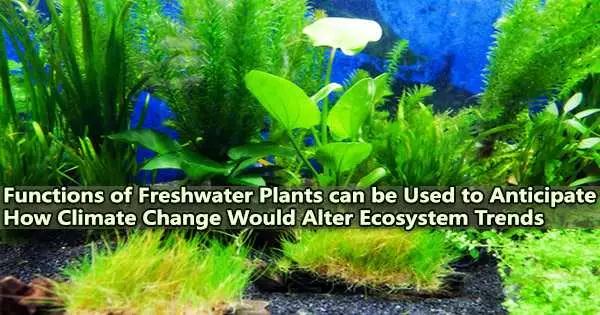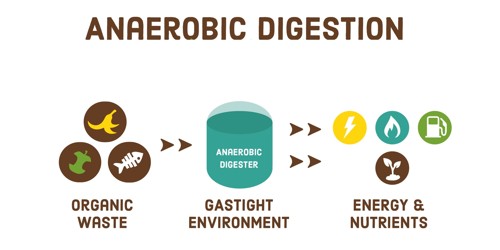Our society benefits from a wide range of important ecosystem services that are provided by freshwater environments and their primary component freshwater plants. Yet, the effects of global climate change on freshwater ecosystems and plants are unprecedented.
In a study published in Trends in Plant Science on Jan. 9, a joint research team led by Prof. Pan Yingji from the Northeast Institute of Geography and Agroecology (IGA) of the Chinese Academy of Sciences highlighted the transdisciplinary knowledge benchmarks needed to improve our ability to understand and predict the impacts of future changes in freshwater ecosystems from expected concomitant changes in plant functions.
Freshwater plants, in contrast to other terrestrial plants, have evolved a variety of useful adaptations to life in water.
According to earlier research, by comprehending the relationships between traits and their environments in freshwater ecosystems, we can more accurately predict patterns and short-term disruptions in the distribution of freshwater plants. This will help us better understand the connections between the functions of freshwater plants and the dynamics of inland aquatic ecosystems.
We proposed an agenda towards a trait-based understanding of ecosystem functions in response to ongoing global change, and the first step is to focus on those traits that are most important for life in water.
Professor Pan Yingji
Water nutrient content, temperature, altered flooding/drought regimes, hydrological connections, and bicarbonate concentration are only a few of the effects of climate change on freshwater ecosystems. Freshwater plants have a variety of functional characteristic manifestations in their many growth patterns.
Furthermore, there is a significant imbalance in the trait data that is currently accessible in the largest public repository between the various growth types, with the data gap between freshwater plants and their terrestrial counterparts being much wider.
In order to identify functional adaptations of freshwater plants to projected shifting regimes under global climate change, substantial fieldwork and modeling exercises are required in light of these findings.
Understanding the relationships between freshwater plants and ecosystem functioning can aid in the prediction of future scenarios for inland waters’ biodiversity, biogeography, and ecosystem services in the face of global change.
“We proposed an agenda towards a trait-based understanding of ecosystem functions in response to ongoing global change, and the first step is to focus on those traits that are most important for life in water,” said Prof. Pan.
















